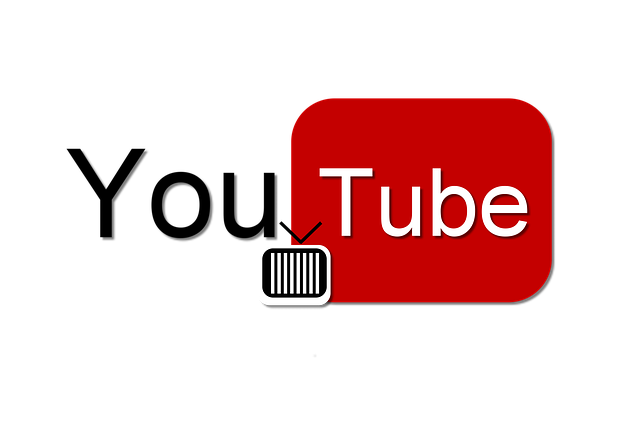Before we jump into the entire detailed explanation about the YouTube View counts, let us first understand what YouTube views actually are.
What are YouTube Views?
A YouTube view shows how many times a video has been viewed for the minimum duration set by YouTube.The number of views is displayed as a natural number or positive integer, e.g. 0, 1, 2, 3, 4, …If someone has watched 20% of a video and 20% are longer than the minimum duration set by YouTube, this counts as 1 view and not 0.2 views.
In addition to their value for YouTube analytics, views also have an informal use to convey value to content creators and viewers. YouTubers see a high number of views on their videos as an indicator of success that their YouTube channel is doing well. Many viewers see a high number of views as social proof that a video is of good quality and worth watching.
In this article, I will explore how YouTube measures the number of views, highlight the differences between real and legitimate views and fake views, and compare how YouTube measures the number of views with other social networks.
How Does YouTube Count Views?
It’s worth noting that YouTube has never publicly admitted how exactly it counts video views. But there is a lot of circumstantial evidence that allows us to get closer to the truth!
Let us start by discussing YouTube’s intention when it comes to measuring views.
YouTube wants to create an accurate and fair measurement of views based on actual views from real users. Bot views should not be included in this calculation.
That’s why YouTube does not want to reveal details, because that could help bad actors create undetectable view bots.
Here’s what we do know-
YouTube has very clear definitions of how paid ad views are measured.
“If your video is used as an ad on YouTube, we may count views of your ad as views of your video. These paid ad views are counted as views because they show that a viewer has interacted with the video.”
Skippable in-stream ads: Paid in-stream ads are counted as views when:
- Someone watches an entire ad that is 11-30 seconds long.
- Someone watches at least 30 seconds of an ad that is longer than 30 seconds.
- Someone interacts with the ad.
In-feed video ads: Views of paid ads are counted as views if:
- Someone clicks on the ad and the video plays.
It is likely that YouTube has similar requirements for measuring views for regular videos.
If a video is shorter than 30 seconds, the entire video must be viewed to count as a view. If a YouTube video is longer than 30 seconds, at least 30 seconds must be viewed.
These 30 seconds do not have to be viewed in order. Someone could watch the first 10 seconds of a video and then skip to watch another 20 seconds and it would still meet the 30 second requirement.
How Does YouTube Iron-Out Fake And Ineligible Views?
YouTube has a wide range of technical measures in place to exclude views by bots and other unauthorised means.
- JavaScript must be enabled and none of YouTube’s analytics and beacon scripts can be blocked by browser ads or script blockers; otherwise YouTube will not count views.
- Users must actively click on a video’s play button. Embedded videos that play automatically are not counted as views. This includes videos that are displayed as background elements with overlay text.
- The video player must be visible. If you make videos invisible or hide them, they are not counted.
- YouTube also excludes consecutive views of the same video from the same IP address or user account within a certain time frame. The exact numbers and duration of the time frame are not known.
- This means that if you watch your video and then watch it again, maybe 2 views will be added. However, if you watch it for the sixth time, there may be no more views.
- The only exception is if you add pauses in between. For example, if you watch your video once every hour for 8 hours, you may get 8 views.
- YouTube also excludes views if its security system detects unusual behaviour. For example-
- If your video normally gets 1 to 2 views per day and then suddenly gets 100 views that are all exactly 30 seconds long.
- Or if you normally get 90% of your views from users in the US and UK and suddenly get a lot of views from another country.
- It is also highly suspicious if there is no visible indication of how viewers found your videos. A normal user might type something into the search bar or click on a recommended video next to another video. If the views come out of nowhere and someone goes directly to your URL, that is a clear indication that the view did not come from a real person.
- YouTube will also exclude and retroactively remove all views of videos from users and IP addresses identified as bots or view spammers.
Read more on Mezink, download now!

1вин приложение https://1win6001.ru .
Для эффективного продвижения вверх по карьере понадобится наличие диплома о высшем образовании. Приобрести диплом о высшем образовании у проверенной организации: damdiplomisa.com/kupit-krasnij-attestat-bez-lishnix-xlopot/